The Different Categories of Fire and How to Handle Them
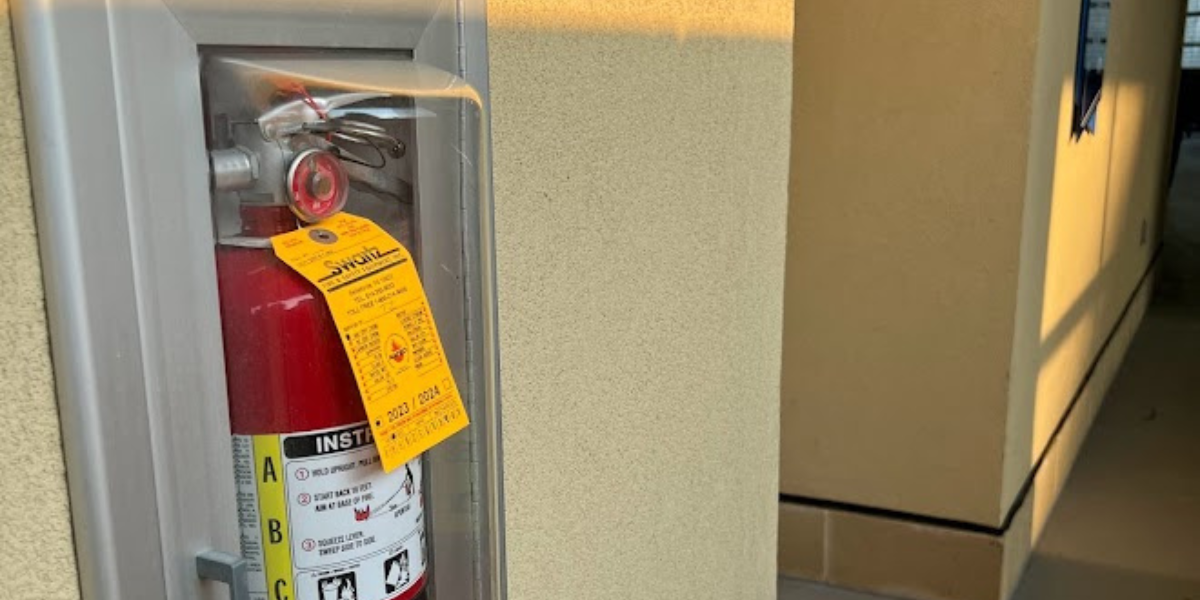
Fire isn’t a one-size-fits-all threat. Different materials ignite and burn in unique ways, which is why fire safety relies on understanding the categories of fire and the best ways to put them out. Using water on an electrical fire can be dangerous, and trying to smother a grease fire with the wrong extinguisher can make things worse.
Fires are classified into five main categories—Class A, B, C, D, and K—each requiring specific firefighting techniques. Knowing these fire classes and how to handle them can mean the difference between a minor incident and a full-scale disaster.
This guide explores each fire category, the risks they pose, and the fire extinguishers to use to extinguish them.
Key Takeaways
- Each fire class requires a specific extinguishing method to avoid worsening the fire.
- Using the wrong extinguisher, such as water on electrical fires or flammable liquids, can create greater risks.
- Regular fire safety training and proper extinguisher placement help prevent small fires from becoming disasters.
Class A Fires
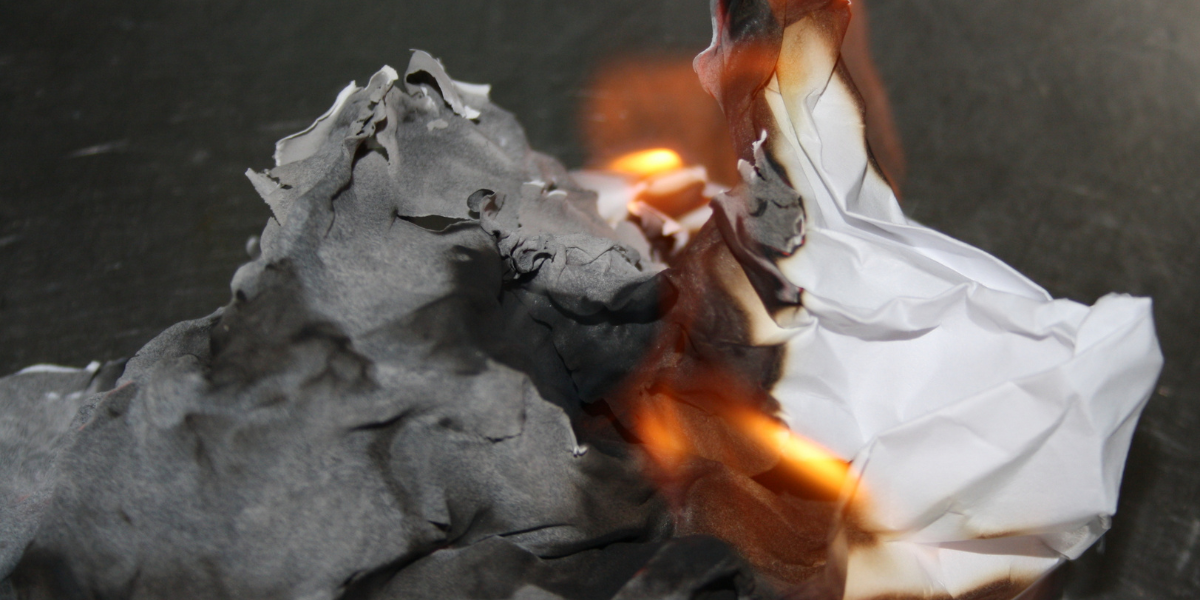
Class A fires are the most common type of fire, and they occur every day when combustible materials ignite. These materials include wood, paper, cloth, and many types of plastics, making Class A fires a frequent concern in homes, offices, and commercial or public buildings.
Because these fires spread through simple burning rather than chemical reactions, they’re often easier to control with the proper tools.
The key to handling a Class A fire is cooling the burning material to stop the flames and prevent re-ignition.
Extinguishing methods for these fires include:
- Water extinguishers are highly effective for Class A fires, as water cools the fire and removes its heat source.
- Foam extinguishers provide additional smothering benefits while cooling flames.
- Monoammonium phosphate-based dry powder extinguishers are a good option for multi-risk areas.
While Class A fires can often be controlled with quick action, other categories of fires, such as those involving flammable liquids or electrical equipment, require specialized fire suppression methods to minimize hazards.
Class B Fires
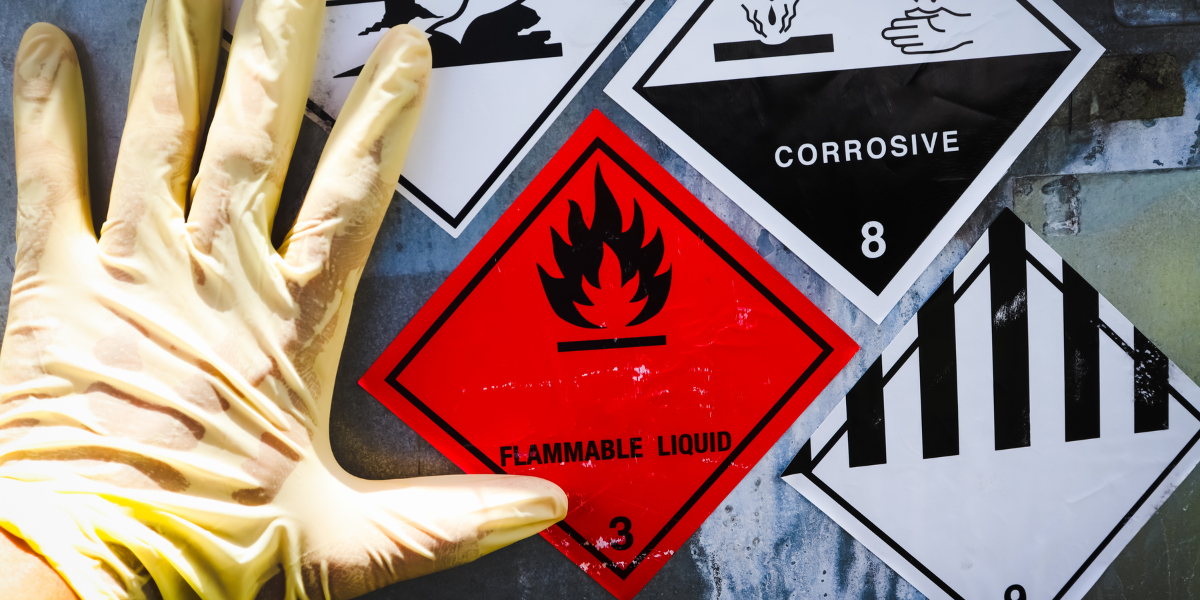
While Class A fires burn solid combustible materials, Class B fires involve flammable liquids such as gasoline, oil, alcohol, and certain chemicals. These fires spread rapidly, producing thick smoke and intense heat, making them particularly dangerous in industrial settings, garages, and areas where fuels are stored.
Unlike Class A fires, which can be extinguished with water, using water on a Class B fire can cause the burning liquid to spread, increasing the danger.
The key to handling a Class B fire is cutting off its oxygen supply and preventing the flames from reigniting.
Extinguishing methods for these fires include:
- Foam extinguishers create a barrier over flammable liquid fires, smothering the flames and preventing re-ignition.
- Carbon dioxide (CO₂) extinguishers remove oxygen and cool the fire, making them useful for gas fires in enclosed spaces.
- Dry chemical extinguishers disrupt the chemical reaction that fuels the flames, making them effective for both liquid and gas supply fires.
Class B fires can become even more hazardous when electrical equipment is involved, as energized circuits introduce the risk of electrical shock. In these situations, the fire transitions into a Class C fire, which requires a completely different approach.
Class C Fires
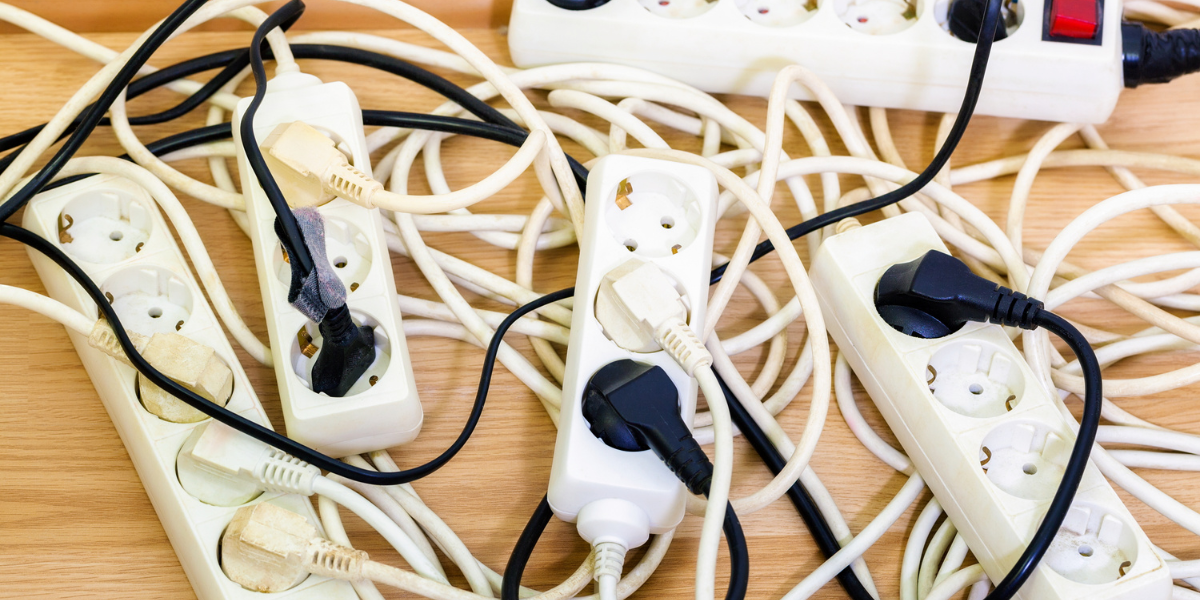
Class A and B fires involve combustible materials and flammable liquids, but Class C fires are caused by electrical equipment, making them especially dangerous due to the risk of electrical shock.
Class C fires can ignite from overloaded circuits, faulty wiring, or malfunctioning appliances, often spreading through walls and ceilings where electrical systems run. Because of this, they are a major concern in homes, offices, and commercial buildings.
Attempting to put out an electrical fire with water can make the situation worse, as water conducts electricity and can cause severe injury. The right fire extinguishers for Class C fires use non-conductive agents to safely stop the flames without creating new hazards.
Extinguishing methods for these fires include:
- Carbon dioxide (CO₂) extinguishers remove oxygen and cool the fire, making them highly effective for live electrical equipment.
- Dry powder extinguishers coat and insulate the burning material while cutting off the oxygen supply.
- Avoid water and foam extinguishers, as they can lead to dangerous electrical shock and further spread the fire.
Once electrical power is shut off, a Class C fire may transition into another category, such as a Class A fire if surrounding materials continue to burn. But when dealing with certain industries, another fire risk comes into play—Class D fires, which involve combustible metals and require specialized suppression methods.
Class D Fires
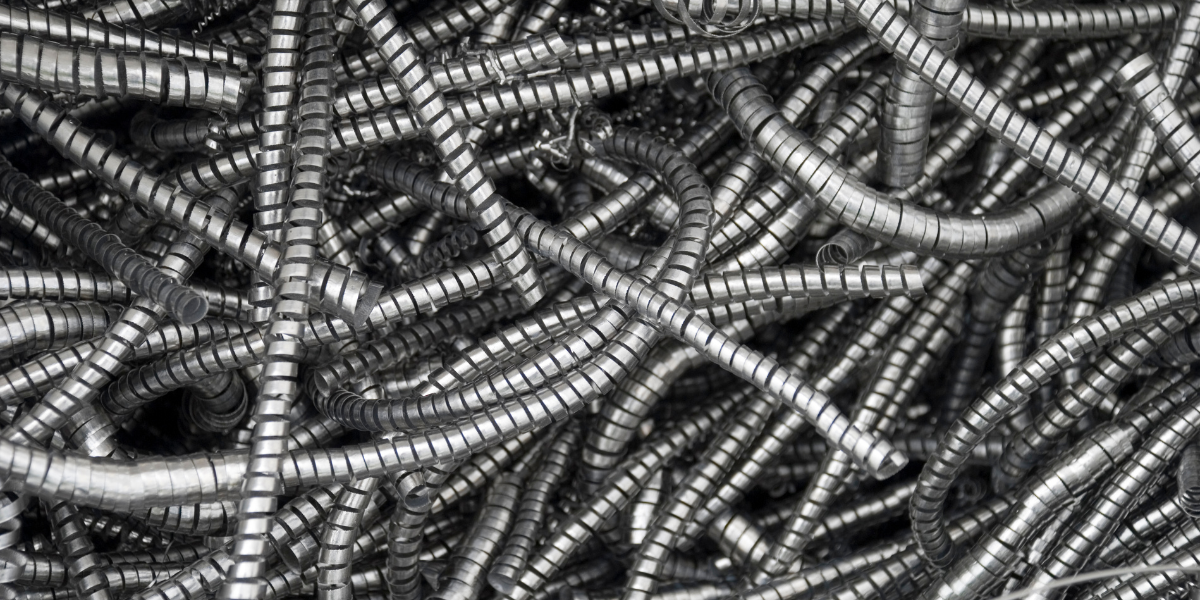
While electrical fires pose a serious risk in homes and workplaces, certain industries face an even more specialized hazard: Class D fires, which involve combustible metals like magnesium, titanium, sodium, and potassium.
These metals burn at extremely high temperatures, often reacting violently with water or standard fire suppressants, which can cause explosive atmospheres if handled incorrectly.
Metal fires are most common in industrial settings, such as machine shops, laboratories, and factories, where metal shavings, dust, or fine particles can ignite from friction, heat, or sparks. Once ignited, these fires are difficult to control without the right fire extinguishers.
Extinguishing methods for these fires include:
- Dry powder extinguishers specifically designed for Class D fires absorb heat and smother flames without reacting to the burning metal.
- Avoid water and foam extinguishers, as they can intensify the fire or trigger dangerous chemical reactions.
- Contain and isolate the fire to prevent it from spreading to surrounding flammable gases or hazardous substances.
Fortunately, Class D fires rarely occur outside industrial settings.
Class K Fires
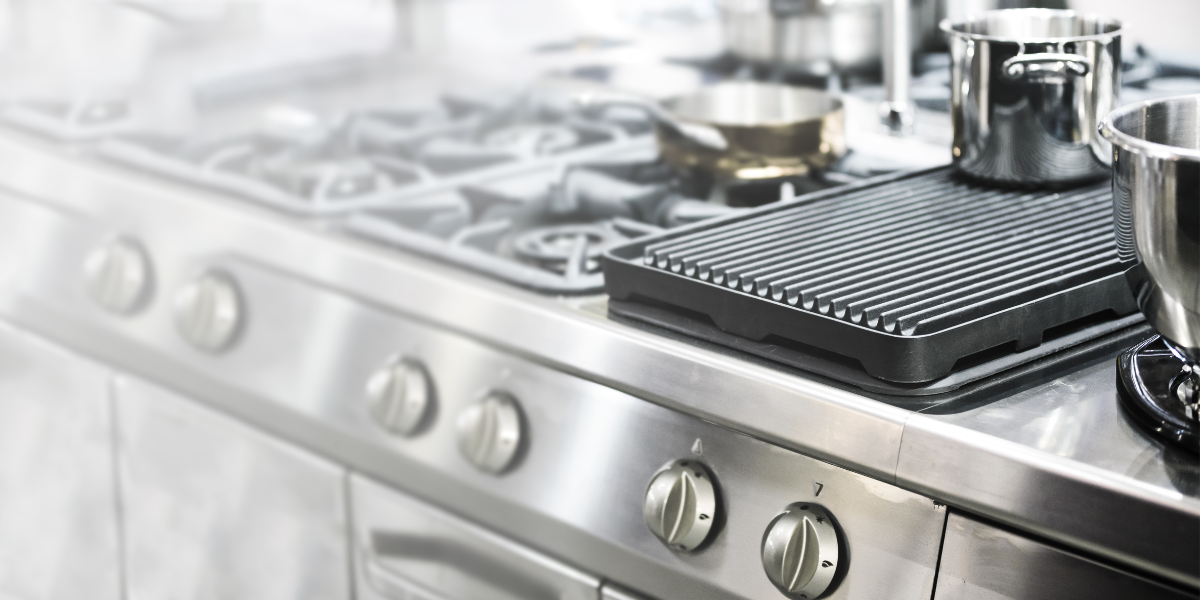
Unlike metal fires that occur in industrial spaces, Class K fires are a major concern in commercial kitchens and food preparation areas.
These fires involve cooking oils and fats, which burn at extremely high temperatures and can reignite even after being extinguished. Because of their intensity, fires involving cooking oils require specialized suppression methods to prevent flare-ups and severe burns.
Many Class K fires start when cooking oils overheat and reach their ignition point, leading to spontaneous combustion. This is especially dangerous in deep fryers, where oil can continue burning even after the heat source is turned off. Attempting to put out these fires with water can cause the burning oil to explode and spread, worsening the situation.
Extinguishing methods for these fires include:
- Wet chemical extinguishers are the most effective solution, as they cool the burning oil while forming a barrier that prevents re-ignition.
- A fire blanket can sometimes be used to smother small grease fires. Make sure yours are NFPA-approved. (Note: Swartz only provides NFPA-approved fire blankets.)
- Never use water, as it causes burning material to splatter, making the fire more dangerous.
General Fire Safety Tips
Knowing the fire classifications and using the right extinguishers is crucial, but prevention plays an even bigger role in fire safety. Fires can start at any time, so routine checks and preparation are essential in any setting.
Fire extinguisher maintenance and placement
- Inspect extinguishers monthly to ensure they are pressurized and undamaged.
- Place appropriate extinguishers near known hazards, such as wet chemical extinguishers in commercial kitchens, and CO₂ extinguishers near electrical fires.
- Replace or service extinguishers immediately if any signs of malfunction appear.
Training and preparedness
- Conduct regular fire risk assessments to spot potential dangers.
- Train staff or household members in proper extinguisher use and fire evacuation procedures.
- Keep emergency exits unobstructed for quick and safe evacuation.
A well-placed extinguisher only helps if people know how to use it. Acting quickly and confidently in an emergency can prevent fire spread and serious damage.
Conclusion
Fire emergencies escalate quickly, which is why it is important for people to recognize the different fire types and use the appropriate extinguisher for each situation. Every fire—whether caused by flammable liquids, electrical equipment, or combustible metals—requires a specific response to prevent further damage or injury.
Assessing fire risks in homes, workplaces, and commercial kitchens ensures that the right fire extinguishers are available and properly maintained. Conducting fire safety training and performing fire risk assessments can make the difference between a controlled situation and a major disaster.
Preparation saves lives. Identifying potential hazards, keeping fire extinguishers visually inspected monthly, and staying ready for emergencies create safer environments for everyone.
Stay Prepared with Swartz Fire & Safety
Fire emergencies can happen anytime, but the right equipment and training can make all the difference. Swartz Fire & Safety provides reliable fire extinguishers, expert inspections, and tailored solutions to protect your home or business. Whether facing electrical fires, flammable liquids, or kitchen hazards, having the right plan in place ensures a safer environment.
Make fire safety a priority. Contact us to find the protection that fits your needs.
Frequently Asked Questions
What are the five categories of fire?
The five main fire classes are:
- Class A – Fires involving combustible materials like wood, paper, and cloth.
- Class B – Fires fueled by flammable liquids such as gasoline, oil, and alcohol.
- Class C – Electrical fires involving live electrical equipment like wiring and appliances.
- Class D – Fires involving combustible metals like magnesium, titanium, and sodium.
- Class K – Fires caused by cooking oils and fats, typically in commercial kitchens.
What are the 4 most common types of fires?
The most frequently encountered fire types include:
- Class A fires involve everyday combustible materials and are common in homes and offices.
- Class B fires are often found in garages and industrial spaces due to flammable liquids and fuels.
- Class C fires involve electrical equipment and faulty wiring.
- Class K fires occur in kitchens due to cooking oils and grease.
How are fires categorized?
Fires are classified based on the type of burning material or fuel source. The classification system helps determine the best fire extinguishers and extinguishing agents to use for safe and effective suppression.
What are the categories for the six classes of fire?
Some classifications include an additional Class F category, which overlaps with Class K fires in some regions:
- Class A – Combustible materials (wood, paper, textiles).
- Class B – Flammable liquids and gases (gasoline, oil, propane).
- Class C – Electrical fires (live electrical equipment, wiring).
- Class D – Metal fires (magnesium, aluminum, titanium).
- Class K – Cooking oils and fats (deep fryers, grease fires).
- Class F – Similar to Class K, used in some countries to describe fires in cooking appliances and kitchens.


